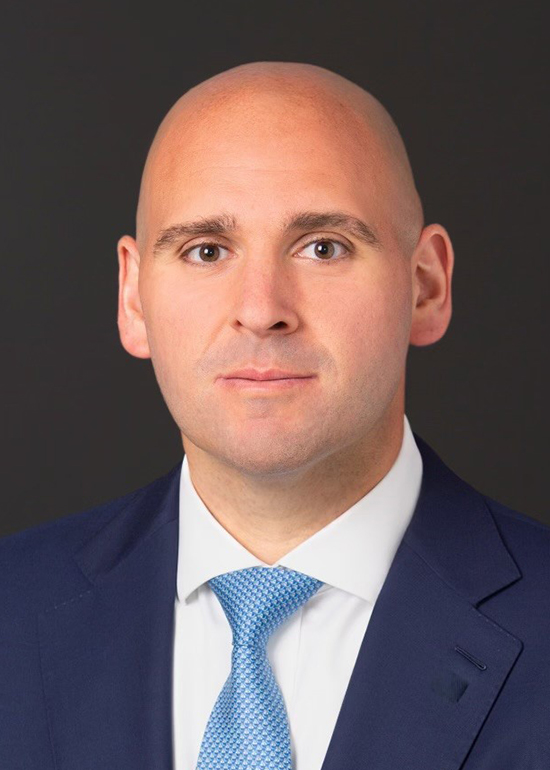
David Friedman is Arbor’s Executive Vice President, Chief Credit Officer and Head of Non-Agency Production & Syndications. He joined Arbor in February 2022 as Executive Vice President responsible for leading Arbor’s loan-syndicated lending platform tasked with the development of its strategic partnerships for loan origination and establishing access to new sources of capital, as well as managing and growing existing relationships to fund Arbor’s business needs. In May 2024, David was given expanded responsibilities and named as Chief Credit Officer and Head of Non-Agency Production & Syndications. As Chief Credit Officer, David sets go-forward credit policy for all lines of business, excluding Agency, and has day-to-day responsibility, oversight, and decision-making authority over Arbor’s credit function and process for new originations on Structured Finance, Residential Financing (SFR and BTR), and Non-Agency Lending and Investments platforms. As Head of Non-Agency Production & Syndications, David has oversight and responsibility for: Arbor Private Label (APL), Arbor Private Investment (API), Arbor Private Construction (APC), Mezzanine Debt Lending and Preferred Equity Investments. In addition to those responsibilities, David continues to lead the firm’s direction in syndicated and capital markets and mortgage-related fund formation efforts.
Bringing over two decades of experience in commercial real estate lending, origination, credit, and directing syndication efforts at institutional groups, David is adept at successfully establishing and managing multiple programs. Prior to Arbor, he held leadership roles at financial powerhouses such as Greystone, TD Bank, Bank of America Merrill Lynch, and PNC Bank.
David holds a Master of Science in Real Estate Finance & Investment from NYU Schack Institute of Real Estate, as well as a Bachelor of Science in Business Administration from Babson College.

